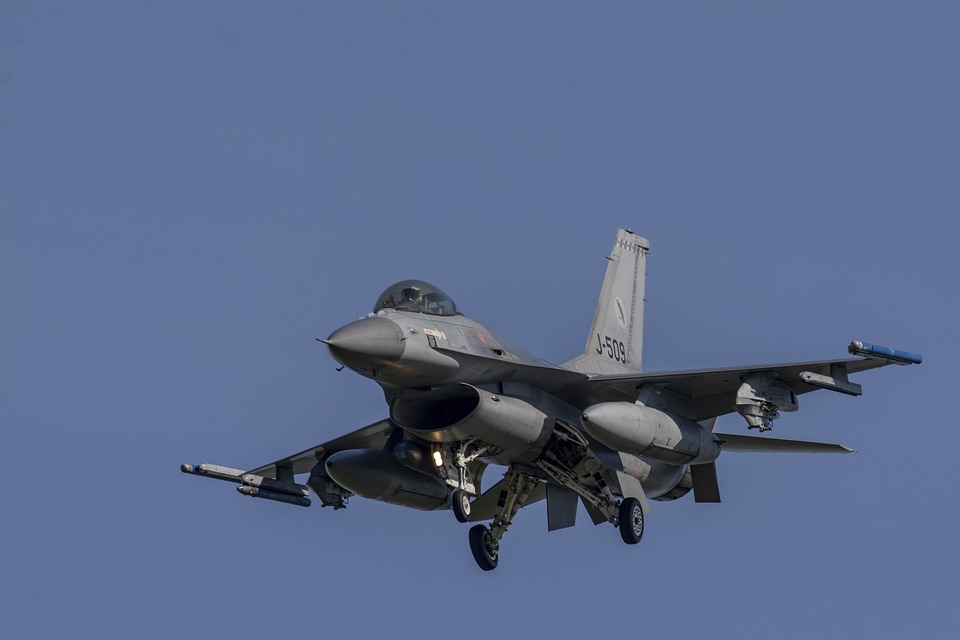Street Fighter, a cornerstone of the fighting game genre, has captivated players since its inception in 1987. With its blend of unique characters, intricate move sets, and a rich competitive scene, Street Fighter remains a staple in both casual and competitive gaming. But what lies behind the iconic moves and combos? Let’s delve into the combat mechanics that make Street Fighter a deep and strategic experience.
The Basics: Inputs and Commands
At its core, Street Fighter utilizes a straightforward control scheme, featuring six primary buttons: three for punches (light, medium, heavy) and three for kicks (light, medium, heavy). Players can execute distinct moves and combos by combining directional inputs with these buttons. For instance, a quarter-circle forward motion followed by a punch typically results in a special move, like Ryu’s Hadouken. This system allows for a rich interplay of skill, timing, and flair.
Unique Character Abilities
Each character in Street Fighter possesses unique abilities and fighting styles. Characters like Ryu and Ken focus on versatile offensive and defensive strategies. In contrast, characters like Zangief are grapple-oriented, emphasizing close-range combat and throws. Understanding the strengths and weaknesses of each character is crucial for players, as matchups can heavily influence the outcome of a match.
Combos: The Art of Chain Attacks
A defining feature of Street Fighter’s combat mechanics is the combo system, which allows players to string together attacks for maximum damage. Combos can be categorized into normal combos, special moves, and super combos.
- Normal Combos: Basic sequences crafted from standard attacks. Mastering these is essential as they can lead into special moves or create openings.
- Special Moves: Unique moves that require specific inputs. Executing these at the right moment can punish an opponent’s mistakes or alter the flow of combat.
- Super Combos: Charged attacks that require a special meter to be filled. These moves deal significant damage and can dramatically shift the momentum of a match.
Executing these combos effectively demands practice, as players need to master timing, spacing, and character-specific mechanics.
The Importance of Spacing and Footsies
In Street Fighter, maintaining proper spacing is vital for effective combat. Known as "footsies," this concept involves moving in and out of range to bait an opponent into making a mistake. Players often engage in a psychological battle, trying to read their opponent’s movements while also positioning themselves for effective attacks.
The footsies game revolves around normals that can poke and punish, creating opportunities for combos. Recognizing when to retreat, pressure, or counterattack can be pivotal to success.
Defense: Blocking and Punishing
While offense is crucial, solid defensive strategies are just as important. Players can block high or low, utilizing techniques such as "crouch blocking" and "standing blocking" based on the opponent’s attack. Perfecting defensive skills allows a player to minimize damage and wait for an opportunity to counterattack.
Moreover, the "punish system" in Street Fighter rewards players for correctly reading an opponent’s moves. When an opponent performs a laggy attack, a well-timed punish can lead to a devastating counter-combo, effectively turning the tide of battle.
Meter Management: The Strategic Element
Street Fighter introduces a meter management system that adds an additional layer of strategy. The super meter fills as players land hits or take damage, allowing for powerful super moves. Managing this resource wisely is crucial; players must decide when to unleash a super combo for maximum damage, or save it for defensive maneuvers like "EX moves" that enhance standard special moves.
Moreover, the "V-Gauge" introduced in Street Fighter V offers unique abilities, allowing players to turn the tide in tight situations. This meter management aspect requires foresight and planning, making each decision count.
The Competitive Scene: Strategy and Adaptation
The competitive landscape of Street Fighter is vast and varied, with tournaments such as EVO showcasing top talent. Players must not only be adept at their chosen character but also adapt strategies based on their opponents. Observing gameplay patterns and understanding optimal counters are essential skills in high-stakes matches.
In the heat of competition, players must analyze their performance, learning from defeats and refining approaches. The cycle of analysis, adaptation, and execution keeps the gameplay fresh and dynamic, even for veteran players.
Conclusion: The Complexity of Combat
Street Fighter’s combat mechanics offer a rich tapestry of strategy, skill, and adaptability. This intricate web is what makes it a beloved classic and a constantly evolving competitive experience. Whether you’re a seasoned player or a newcomer, understanding these mechanics enhances the appreciation for the skill and artistry required to master the game. As players continue to explore the depths of Street Fighter, the challenge remains: can you rise above and become a champion in this legendary arena?

